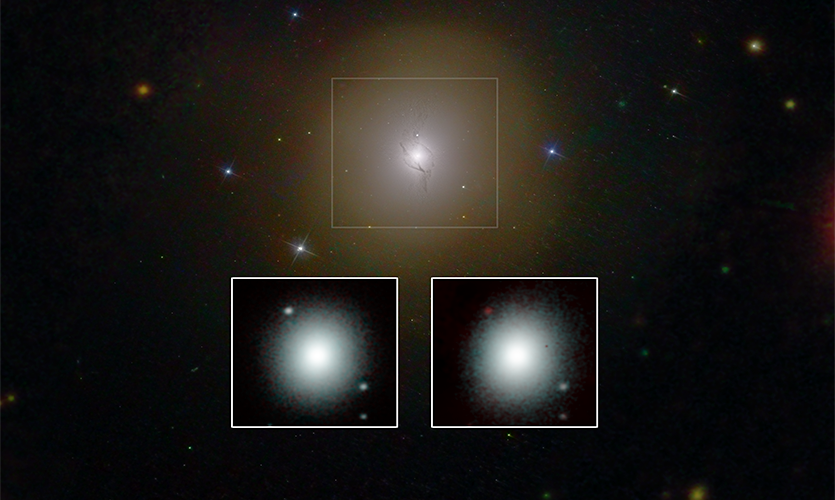New era of gravitational wave astronomy

For the first time ever, astronomers have observed both gravitational waves and light (electromagnetic radiation) from the same event thanks to a global collaborative effort and a quick reaction time from observatories around the world, including notably the European Southern Observatory’s (ESO’s) facilities in Chile and the participation of scientists of the Astrophysics Research Institute (ARI) based at Liverpool John Moores University.
These ground-breaking observations suggest that this unique object is the result of a merger of two neutron stars. This discovery, published in several papers in the journals Nature, Science and elsewhere, also provides the strongest evidence yet that short duration gamma-ray bursts are caused by mergers of neutron stars. The explosion that ensues scatters elements such as gold and platinum into space.
Academics at the ARI co-authored some of the key studies and led observations, with a major presence through their part in the Caltech-led GROWTH (Global Relay of Observatories Watching Transients Happen) collaboration.
One of the main papers published in Nature, titled 'Spectroscopic identification of r-process nucleosynthesis in a double neutron star merger' involved the ARI’s Professor Paolo Mazzali, who modelled the spectrum of the transient. He commented:
“My group at the ARI specialises in interpreting spectra of cosmic explosions, like Supernovae and other outbursts, which we often get with the Liverpool Telescope. The GW event spectrum looks amazingly like predictions that had been made of Neutron star mergers but the flux is larger, suggesting a larger ejected mass than expected (~0.03 solar masses) and a composition which includes a large range of heavy elements created by rapid neutron capture. Elements such as gold, platinum are made, but also selenium, barium and others. Neutron star mergers are the best places to synthesize such elements, and our observations and models confirm this.”
Dr Chris Copperwheat, who is an Astronomer at the ARI added:
“This seminal event is one of huge significance. It provides new insights into neutron star physics and merger events. The energetic processes surrounding these events are likely the origin of a significant fraction of the elements heavier than iron, and events such as this provide independent tests of cosmological parameters.
“Most excitingly, this huge milestone in physics marks the beginning of the era of gravitational wave astronomy. As the sensitivity of the detectors increases we expect to detect more and more events like this one. The discovery potential is huge and the ARI plan to follow up these type of discoveries further through the development of the New Robotic Telescope.’
The Science paper is available here, Illuminating gravitational waves: A concordant picture of photons from a neutron star merger


